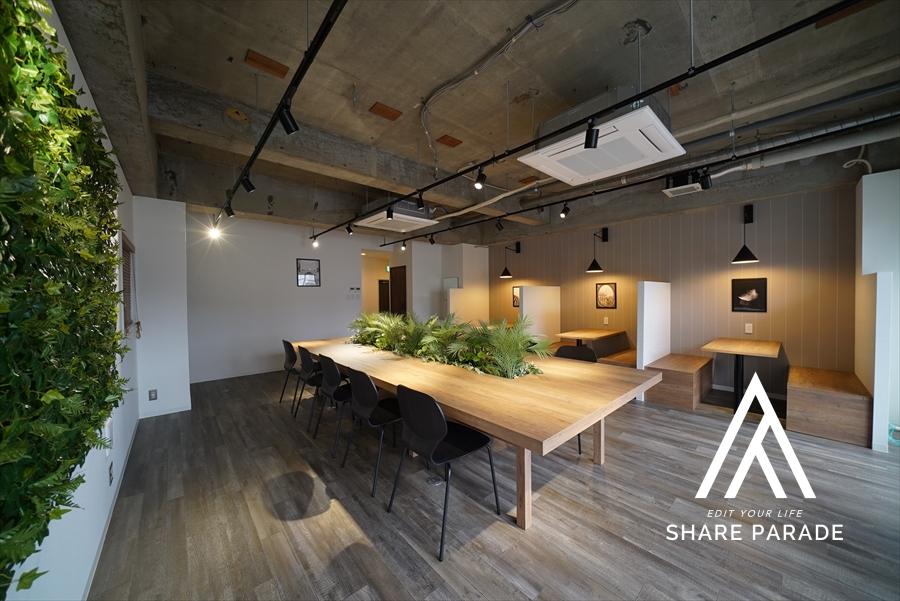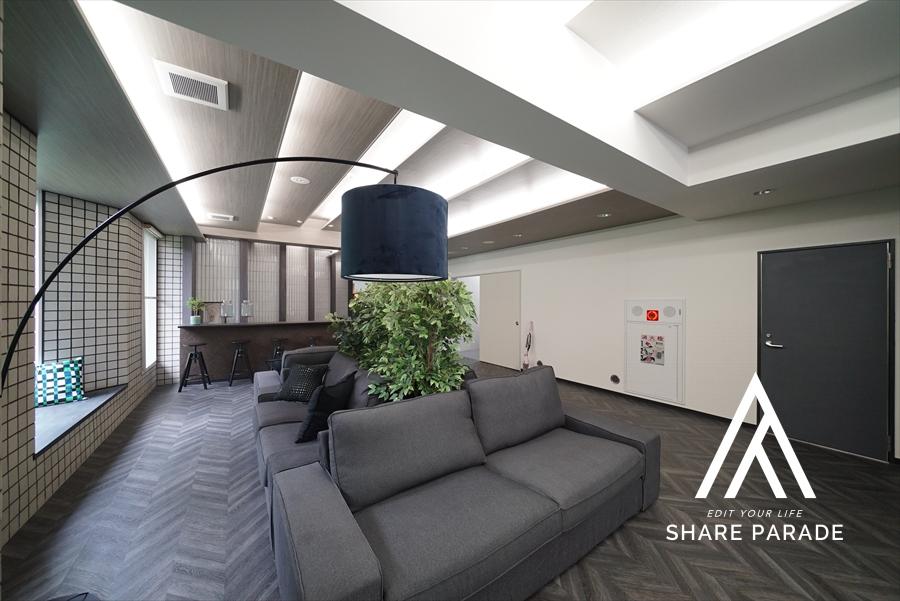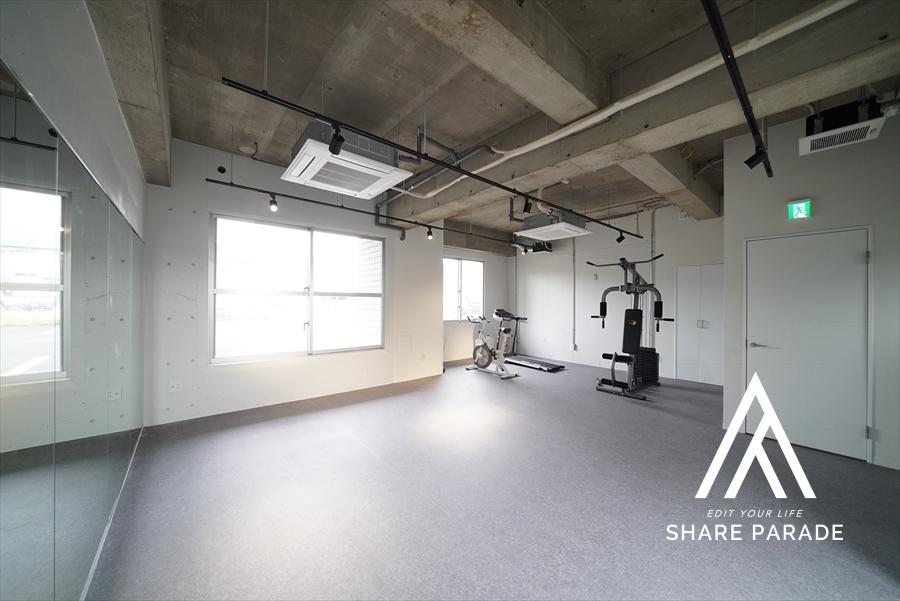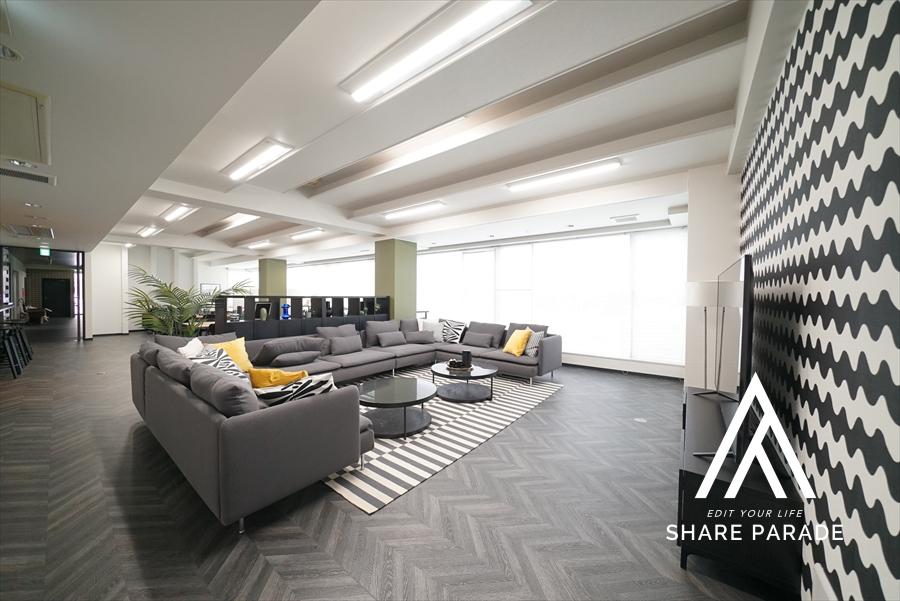In the 7 a.m. hour, the area in front of Musashi-Shinjō Station isn’t in a frantic rush. The smell of fresh bread drifts from the bakery, and people carrying coffee walk through the shopping street at a pace just a half-step slower than in central Tokyo. Yet once you board the train, Mizonokuchi is one stop, Musashi-Kosugi is two. From there you can slip right onto the Den-en-Toshi Line, the Tōyoko Line, or various JR lines, reaching Shibuya, Shinagawa, and Yokohama sooner than you’d think. ——Musashi-Shinjō is the place where you get both “a life with breathing room” and “mobility.”

There aren’t giant shopping centers or clusters of high-rise towers; instead, there are beloved, everyday local spots dotted around. In the morning, grab a hearty loaf from the bakery; at noon, a quietly satisfying set meal at a neighborhood Chinese diner; at night, a small plate and a quick drink at a standing bar. Every place is “unpretentious yet genuinely good.”
Price tags are clear, and you can see the faces of the staff. That kind of small certainty eases the fatigue of each day. On the way home, just seeing the shopping street lights come on tells you, “In this town, you’ll sleep well.”

Is the Nambu Line inconvenient? Is it really? Musashi-Shinjō’s strength is **that it sits “next to the hubs.” Head to Mizonokuchi and you’re straight into the city via the Den-en-Toshi Line. Go to Musashi-Kosugi and the Tōyoko Line, Meguro Line, JR Yokosuka Line, and Shōnan-Shinjuku Line all open up.**
“Transfers are close by” = “you gain more time choices.” This geographic advantage puts those **five minutes in the morning and ten minutes at night** on your side. Because you live “in between,” you can **sidestep delays by switching routes on the fly**. Over days and weeks, that adds up—and your workday stress feels different.
In Shinshō (Musashi-Shinjō), rents are a notch calmer than in Kosugi or Mizonokuchi. You can keep the price in proportion to your life, while still enjoying clean water fixtures and a walkable distance from the station. Prices overall are “just right,” too—prepared foods at the supermarket, fresh produce on the shopping street, the selection at the drugstore. Because life wraps up within a 5–10 minute walk, you’ll take fewer unnecessary taxis and make fewer impulse buys online.
“You can be satisfied without splurging” — it’s a town you choose not for cost-performance, but for satisfaction.

After work, you step off the train. The lanterns and LED signs along the shopping street are neither overly bright nor gloomy. There aren’t rowdy drunks, yet there are places you can slip into alone without fuss. “Maybe tonight I’ll have just one drink before heading home.” “Today I’ll cook for myself.” In a town where those switches are easy, your mindset switches smoothly, too.
On weekends, head to the Tama River. You can cut through the wind by bike or sip coffee on the embankment. Even if you go as far as the Todoroki area, it doesn’t require the resolve of a “mini-trip.” Having nature as an extension of your living area lifts your spirits more than you’d expect.
Shinshō is a town where low-rise homes and small shops breathe together. If the pace of tower districts isn’t your thing, this is where you can take a deep breath.
In the morning, greetings fly across the shopping street; at night, you can faintly hear trains in the distance. Because there’s **a “quiet that isn’t lonely,”** even on work-from-home days your mood doesn’t fray so easily. On a weekend afternoon, when sunlight pours through the window and the laundry fluffs dry, you’ll suddenly think, “I’m glad I chose this town.”
Of course it isn’t perfect. The Nambu Line is crowded in the morning. But leave five minutes earlier, switch between rapid and local, or board closer to the originating end at the hub station—small tricks change the feel.
Noise along the tracks and major roads depends on the property. View in the morning and at night, and check with the windows open. Check flood-hazard maps carefully, too. A town that looks its weaknesses in the eye is, if anything, more trustworthy. When you **“move in with eyes open,”** everyday life becomes far more steady.
That’s what Musashi-Shinjō lets you do. On days you want to upshift for work and on nights you want to downshift for life, it supports you at just the right distance.
Here, by the week after you move in, it already feels like “your usual town.”
It won’t make flashy headlines, but every time you open your front door, small affirmations stack up.
Bring the “quiet comfort that sinks in after you move” into your every day.




| Property Name | : | TheFinest Musashi-Shinjō |
| Move-in Conditions | : | Men & women OK / Non-Japanese OK |
| Rent | : | 49,000 – 52,000 yen |
| Common Service Fee | : | 20,000 yen |
| Number of Rooms | : | 100 rooms |
| Access | : | JR Nambu Line “Musashi-Shinjō” Station, 15 min on foot |

SHARE PARADE(シェアパレード) の運営責任者です。「EDIT YOUR LIFE ― 今の暮らしをちょっと変えてみる」を合言葉に、**コミュニティのある暮らし(Community Living)**を中心としたシェアハウスを紹介しています。2011年の立ち上げ以来、東京全域で800件以上を現地取材。私自身も一人暮らし/シェアハウス/ルームシェア/ソーシャルマンションを一通り経験しており、一次情報と体験の両方を基準にサイトを運営しています。「住む場所が変われば、ライフスタイルも変わる」。コミュニティがある暮らしの楽しさと安心を、もっと当たり前の選択肢に――それがSHARE PARADEの役割であり、私のミッションです。 I am the administrator of the website 'SHARE PARADE.' Under the motto “EDIT YOUR LIFE—make a small change to your everyday,” we feature share houses centered on community living. Since our launch in 2011, I have visited and reviewed more than 800 properties across Tokyo. I’ve personally experienced living alone, in share houses, in room shares, and in social apartments, and I run the site based on both first-hand information and lived experience. I believe that when your home changes, your lifestyle changes too. My mission—and SHARE PARADE’s role—is to make the joy and peace of mind of community living a more everyday choice.